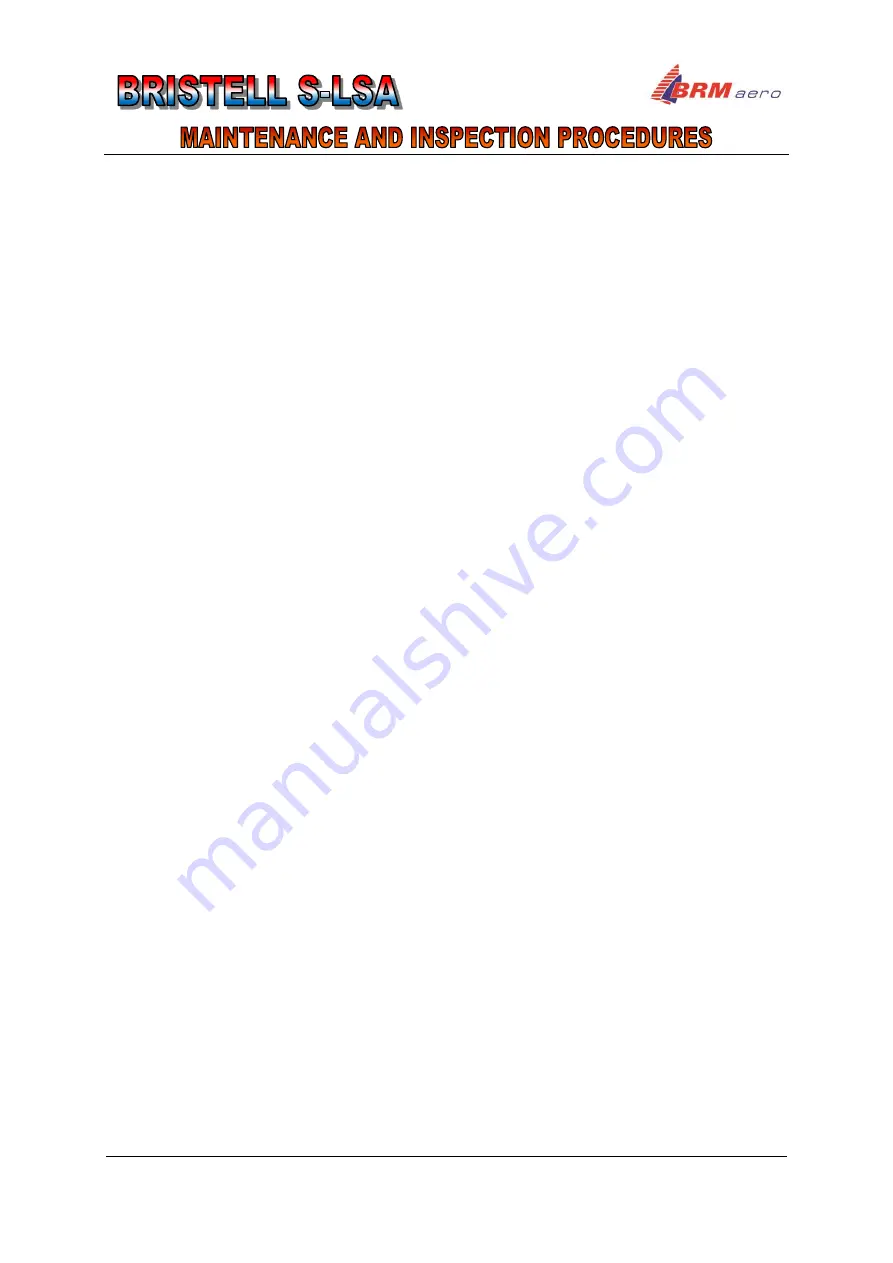
Document: SLSA-MIP-5-4-0-US
Date of Issue: 05/2016
Revision: -
15-10
15.5
Repair of fiberglass parts
15.5.1
Damage classification
Any damage of parts from reinforced plastics with epoxy matrix leads to increased saturation
of the matrix with humidity and subsequently to loss of properties. Therefore we recommend
carry out their repair as soon as possible after the damage has occurred.
Two kinds of parts are made from these materials in the airplane:
structural, load-bearing parts (canopy frame)
design appearance, non load-bearing parts (fairings)
According to the damage size we can divide repairs into:
small damage (surface defects, not affecting the stiffeners)
medium damage (not more than 2/3 of stiffener thickness damaged)
big damage
We recommend carry out repairs by means of epoxy resin and glass or carbon stiffeners.
15.5.2
General
Epoxy resin mixtures are prepared in a given mass ratio by means of weighing (accuracy 1g
(0.002 lb)
.
15.5.3
Parts of external appearance
15.5.3.1
Small damage
Repair of damage just by application of mastic and by varnish repair.
Preparatory grinding
For a good adhesion of repair layers it is necessary to carry out surface sanding at the utmost
up to the depth of contact with the stiffener (do not damage). It is necessary to do surface
sanding with overrun of 2 in from the damage location smoothly to the top layer. It is suitable
to do sanding with grain size of 160. Dry sanding equipment with suction from the sanding
area is used. Al2O3 or equivalent (fused corundum) can be used as sanding material.
Dust removing
It is made by wiping with clean and dry brush or by a vacuum cleaner.
Summary of Contents for S-LSA
Page 2: ......
















































